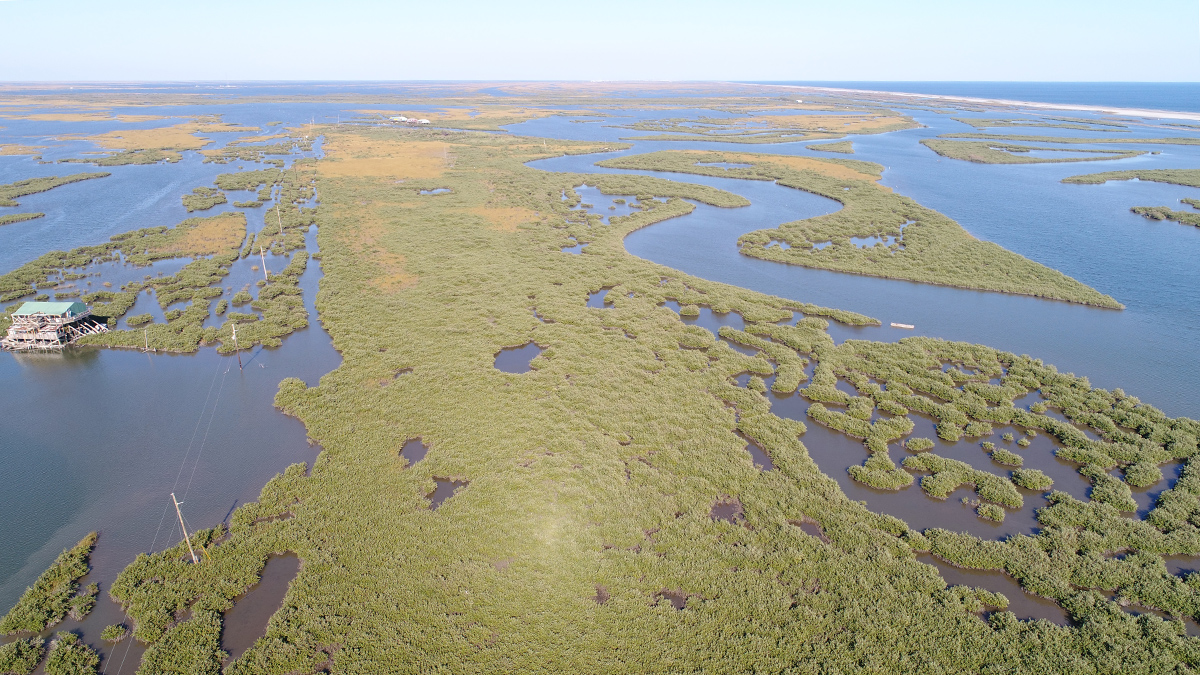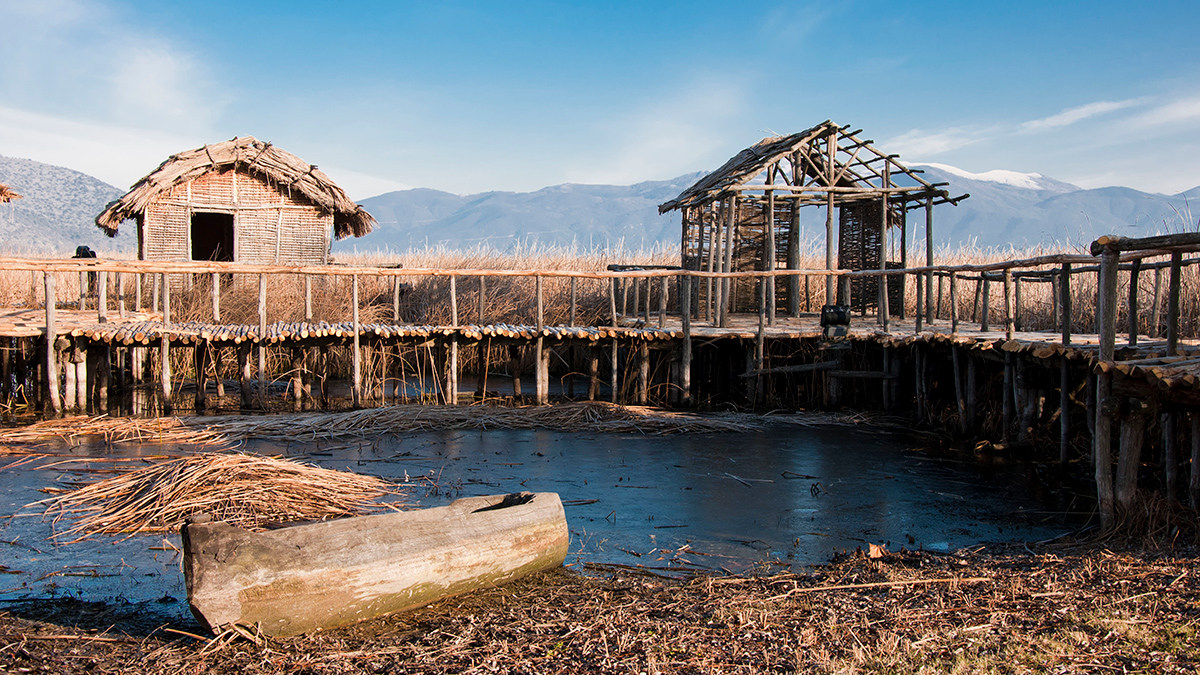Two common street trees in Beijing show different responses to artificial light at night, but both grow leaves that are tougher and less toothsome to insects.
trees
Microbes in Tree Bark Absorb Millions of Tons of Methane Each Year
New findings suggest that reforestation efforts could have a bigger—and more positive—climate impact than previously estimated.
Tree Mortality May Lead to Carbon Tipping Point in the Amazon by 2050s
A new study suggests drought conditions in the Amazon rainforest over the rest of the century.
Many Forests in One: A Glimpse into the Amazon’s Diversity
In some areas of the Amazon rainforest, trees green up as a response to drought, while in others they die off. Scientists are trying to understand why.
Ancient Pines Could Reveal the Heat of Thousands of Past Seasons
A novel 3D CT scan approach unlocks temperature records preserved in the gnarled wood of bristlecone pines.
The Invisible Hand of Carbon Dioxide on Forest Productivity
A statistically robust approach applied to long-term flux measurements quantifies forest ecosystem response to increasing atmospheric carbon dioxide, providing a valuable benchmark for climate models.
Hurricanes May Prune Gulf Mangroves
Tropical storms knock down the tallest trees and stunt the growth of others.
Cosmic Rays Shed Light on Stone Age Timelines
Signatures of a long-ago solar storm, recorded in tree rings, helped researchers date a 7,400-year-old settlement in northern Greece.
Forests, Water, and Livelihoods in the Lesser Himalaya
Complex changes in land use, land cover, climate, and demographics are combining to stress water security for millions of people in the region.
Planting Trees May Not Be as Good for the Climate as Previously Believed
The climate benefits of trees storing carbon dioxide is partially offset by dark forests’ absorption of more heat from the Sun, and compounds they release that slow the destruction of methane in the atmosphere.










